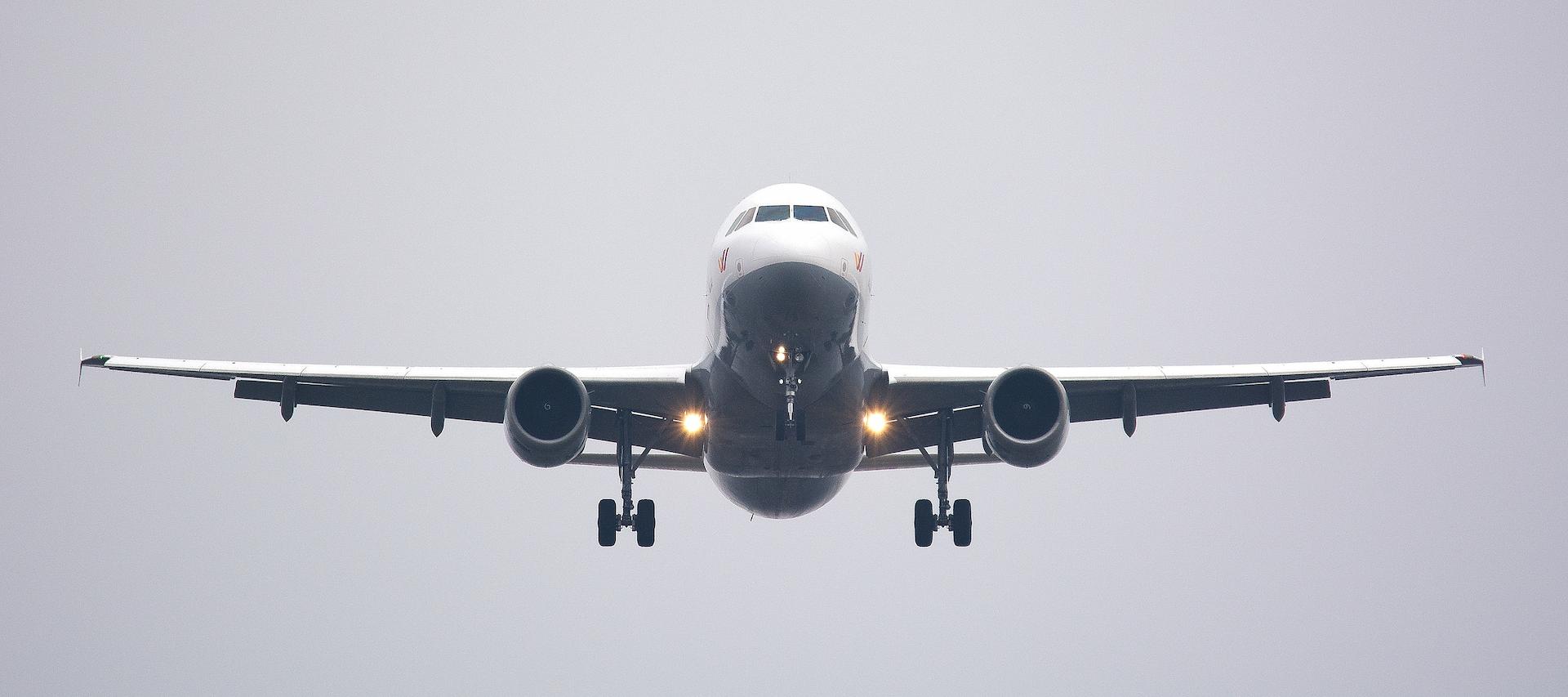Is addressed to:
- Aircraft operators
- Aerodrome operators
- Aviation fuel suppliers and producers
- Aviation fuel blending facilities
- Organisations involved in storing and dispensing aviation fuel
- HCAA (Flight Operations, Airworthiness, Aerodrome)
Briefing:
Recipients must ensure that this notice is communicated to all members of their staff who need to take appropriate action or who may be interested in the contents of the notice.
DEFINITIONS
Synthetic blending components (SBC): Fuel blending components derived from non-conventional sources, as defined in ASTM D7566, DefStan 91-091, and EI standards. Under ReFuelEU Aviation, SBC is referred to as Sustainable Aviation Fuel (SAF).
Synthetic aviation turbine fuel (SATF): A blend of synthetic blending components (SBC) with fossil-based jet fuel conforming to ASTM D7566. In DefStan 91-091 and JIG standards (JIG 1, JIG 2, JIG 4), SATF is referred to as semi-synthetic jet fuel (SSJF).
DESCRIPTION
SAF market adoption
From January 2025, aviation fuel suppliers shall ensure that all the aviation fuel made available to aircraft operators at each European Union airport contains the minimum share of SAF (SBC of sustainable origin). These shares are set out in Annex I of Regulation (EU) 2023/2405 (ReFuelEU Aviation) and gradually increase over time, starting at 2% in 2025 and reaching 70% by 2050. Compliance is determined over an annual reporting period. For economic and logistic reasons, the market introduction will be realised in form of locally higher blending ratios (following respective requirements in ASTM D7566).
Applicable requirements related to aviation turbine fuels
Certain requirements related to SAFT, focused not only on the quality of the final aviation fuel that is used for refueling of aircraft but also on the production, blending, storage and dispensing of aviation fuel, are described in the attached EASA SIB-01 2025.
Potential risks
With the growing adoption of SATF, there is an increased potential for receiving fuel or SBC, which does not meet the quality criteria described in the requirements, due to the novelty and complexity of SBC production, handling, and blending processes. The high prices of SBC, as compared to fossil jet fuel may attract fraudulent activities, further increasing the risk of out-of-specification fuel.
Out-of-specification fuel may impact aircraft performance and operational safety.
Recommendations
EASA to raise awareness of the potential risks associated with SATF market expansion and to encourage proactive measures for fuel quality assurance all along the supply chain, issued the EASA SIB 01-2025, which contains recommendations for:
- Fuel suppliers and fuel blending facilities,
- Design Approval Holders,
- Aerodrome operators,
- Organisations involved in storing and dispensing of aviation fuel,
- Aircraft operators, and
- National Competent Authorities
Reporting
All stakeholders are reminded to report any out-of-specification fuel occurrence to HCAA through ECCAIRS2 platform (more information on reporting: https://hcaa.gov.gr/en/anafora-peristatikon-asfaleias )





